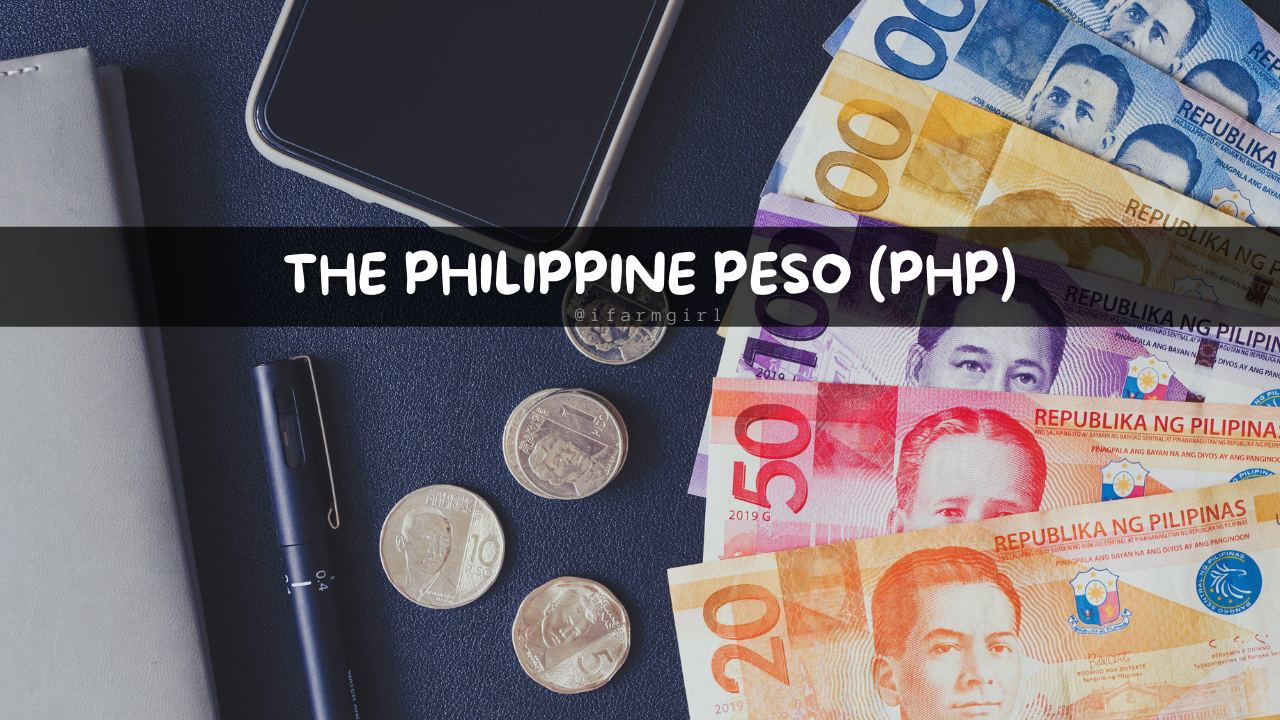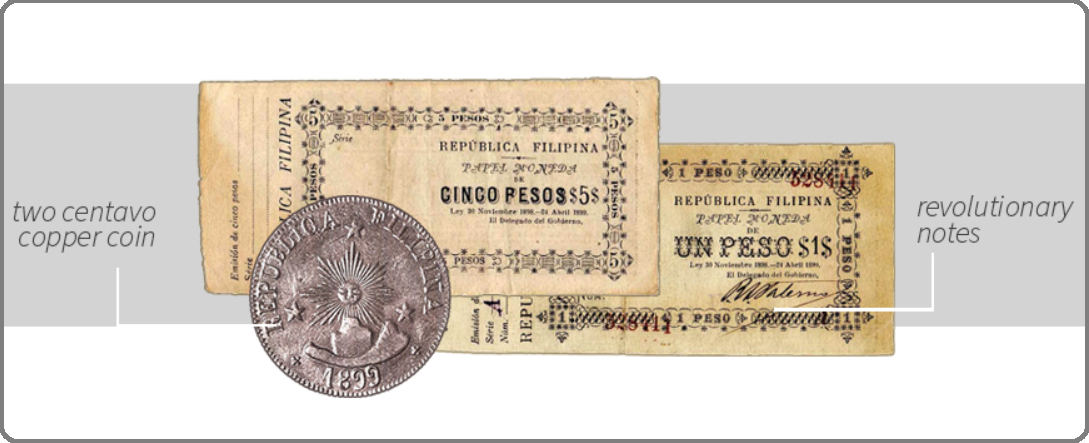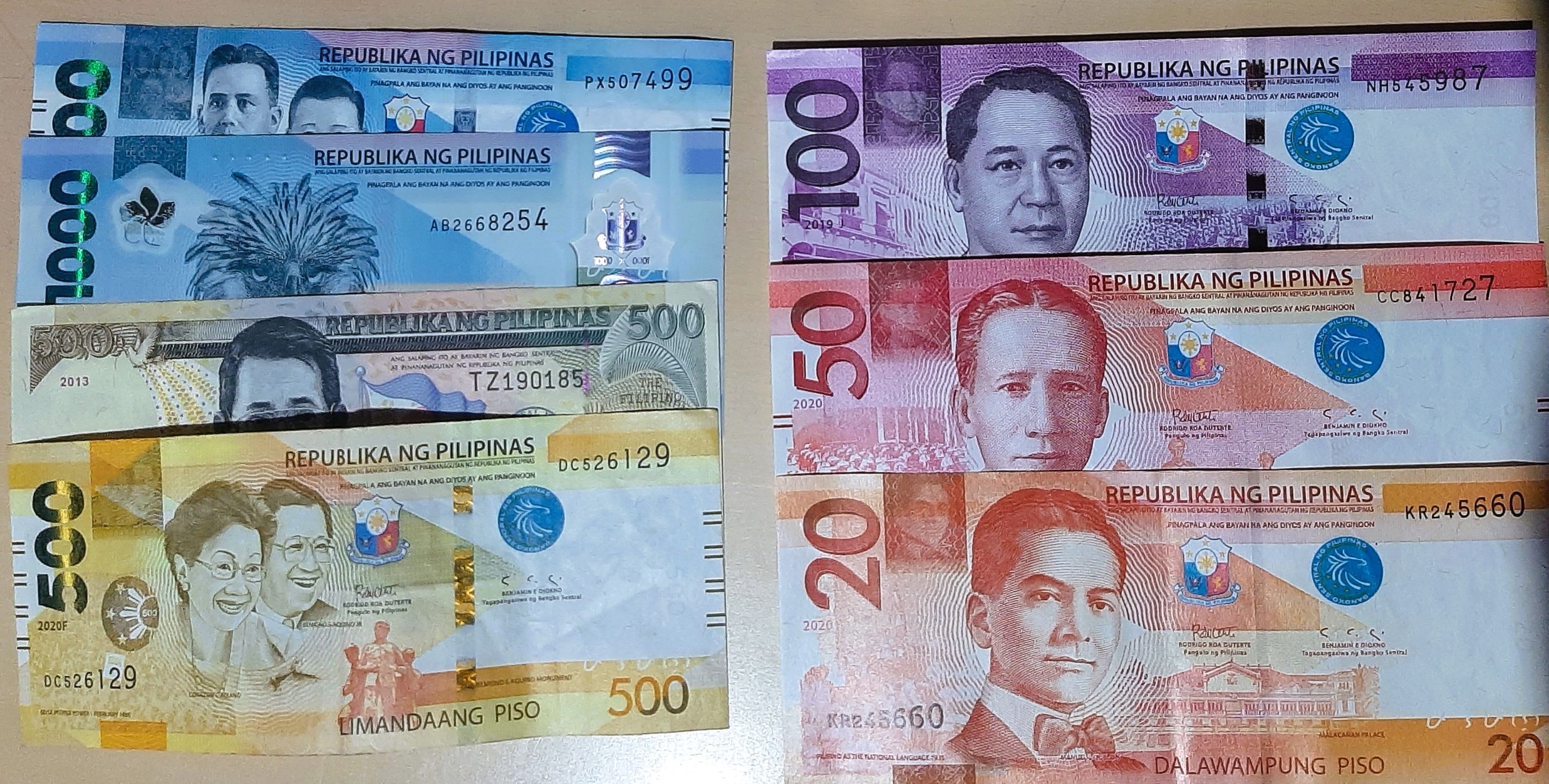The Philippines has quite a history and so is its currency. Some of which I did not even know until today. Before having a currency, the country used a barter system for the exchange of goods and services. Then the country was colonized by the Spaniards and the Spanish Pesos were used. Then a currency system was established during the American regime (1899 to 1946).

Philippine Currencies
The Philippine government first issued its own coins and notes in 1898 when the country gained its independence from the Spaniards. However, the currencies were short-lived because they went out of circulation and were deemed illegal during the American rule. A new monetary system was introduced and the Philippine currency was pegged to the US dollar at a 2:1 ratio (Php 2 = 1 USD).¹
 [The first notes and coin by the Philippine Government in 1898, courtesy of BSP].
[The first notes and coin by the Philippine Government in 1898, courtesy of BSP].Additionally, during the Second World War, the Japanese government issued war notes which had no reserves. So two currencies were in circulation at those times until the war ended.²
Immediately after the country regained its independence, it had its first banknotes printed with the denominations of 1, 2, 5, 10, 20, 50, 100, and 500. There were English series that circulated between 1949 to 1969. Then during the Marcos era, the Pilipino and the Bagong Lipunan were printed. It was replaced by the New BSP series in 1985 until 2018. Then there's the New Generation Currency (NGC) from 2010 to the present.³
Current Currencies

The country's notes and coins, including their designs and styles, have undergone a series of changes over the years. At present, we have 20, 50, 100, 200, 500, and 1000 in paper bills. 25 cents, 1 peso, 5 peso, 10 and 20 peso coins. Some denominations were discontinued and are no longer in circulation.
Unlike the US dollar paper notes, our bills are quite colorful, each denomination is different from the other. Here's how our paper bill size is to the US dollar. They have the same width but ours might be 5 cm longer.

Philippine Foreign Exchange Market
While the country's currency had a fixed peg of PHP2:$1 during the American regime, the peg was broken after 1946 when black markets for pesos appeared which set their own rate at 3:1. Even with the creation of the country's central bank (Bangko Sentral ng Pilipinas) in 1949, the currency struggled to maintain the 2:1 peg. The exchange rate was unstable. In 1965, the peg was set to PHP3.90/$1. the currency was devalued, and by 1986, the trading rate was at Php20 to a dollar.⁴
The country's Foreign exchange policy evolved from a pegged to a floating rate system in 1970 when the Central Bank of the Philippines abandoned the fixed rate system and allowed competitive rates to play. Foreign exchange restrictions and trading bands were lifted around 1972.⁵ Then the New Central Bank Act of 1993 officially set and transitioned the peso to a free-floating currency where the market forces determine the exchange rate and eliminated the black markets.
The currency has undergone devaluation over time. Today, the exchange rate fluctuates between 55 and 56 to the dollar. Two decades ago, it was 35 to $1. I still remember when one peso was able to buy lots of candies back when we were kids. Now, it can only purchase a piece.
Exchange Channels
These days, people can easily exchange Philippine Pesos for other foreign currencies (or vice versa), from online platforms to over-the-counter channels (malls, banks, exchange centers). Anyone from overseas visiting the country can quickly find exchangers almost everywhere.
In addition, crypto can be conveniently exchanged for the country's fiat currency through various methods and platforms. Crypto exchanges like Coins.PH and Binance P2P allow users to transact and easily convert cryptocurrencies like Bitcoin and Stablecoins like USDT to the Philippine Peso. Likewise, it's pretty easy to buy crypto using PHP.
Summing Up
It was interesting to learn how the country's currency system evolved from the Spanish regime to date.
It was quite historical and the currency has seen reforms, policies, and changes that impacted it from being fixed-pegged to the dollar to becoming a free-floating currency.
Over the years, I have experienced the currency's devaluation and can certainly tell the difference. So I wouldn't be surprised to see further changes and evolution during this digital era. I do hope it's going to be for the better.
Lead image created on Canva. Screenshot linked directly to the source. No copyright infringement intended. Other photos are my own. 04032024/20:48ph
Posted Using InLeo Alpha